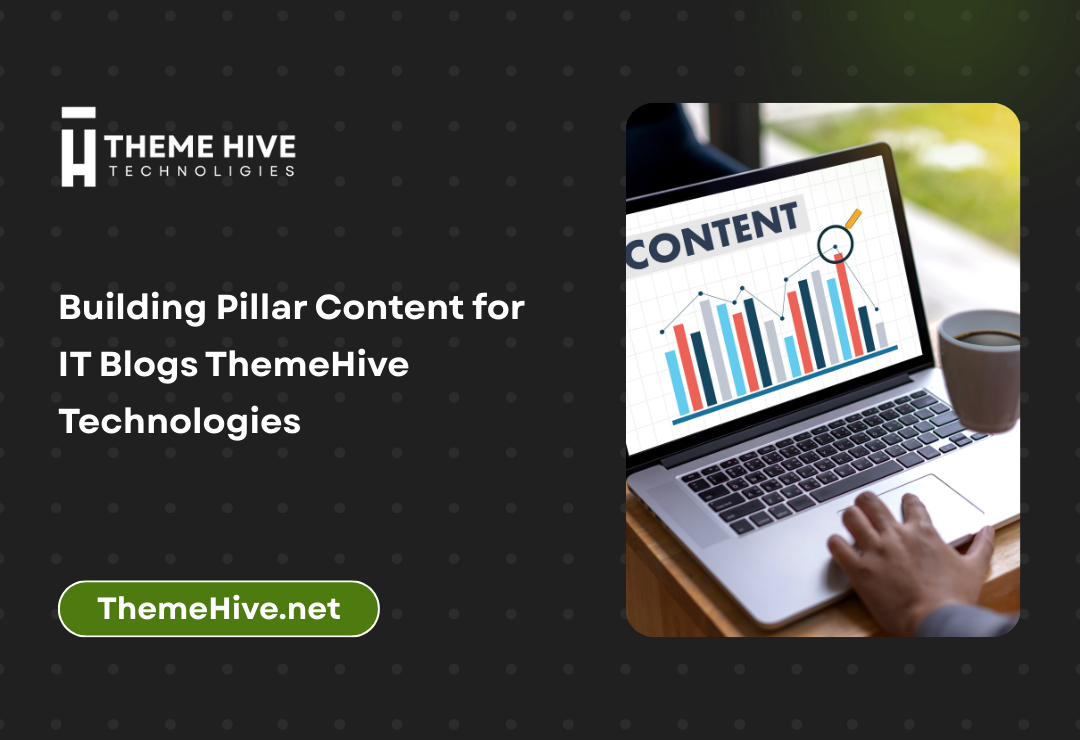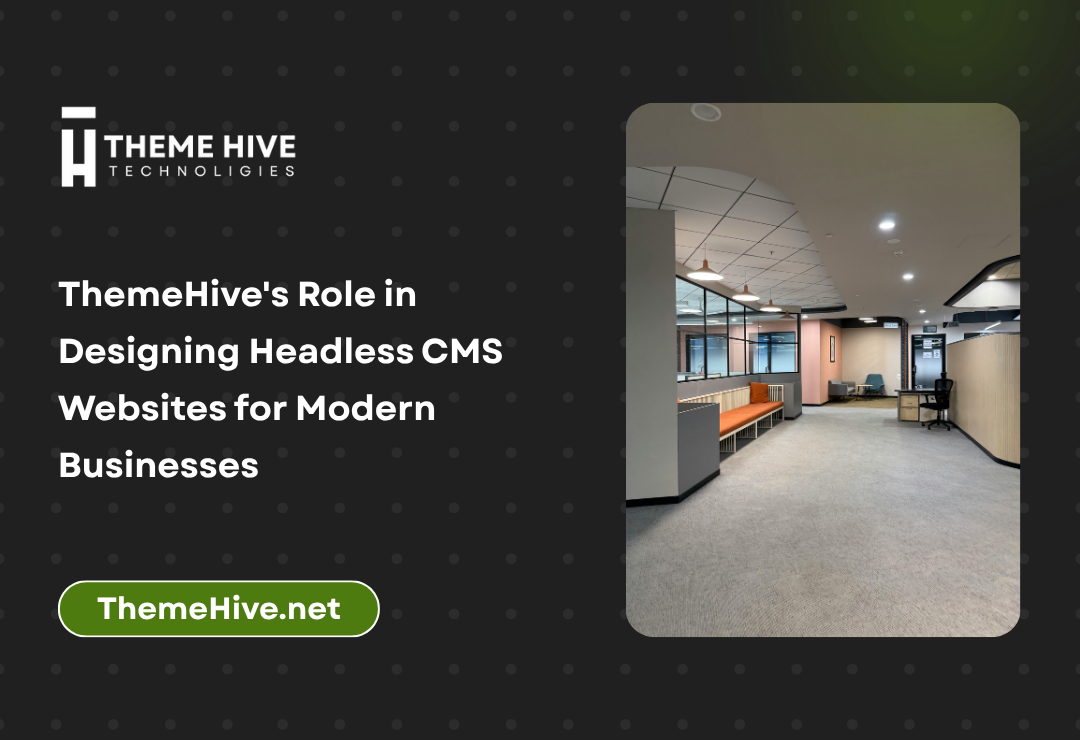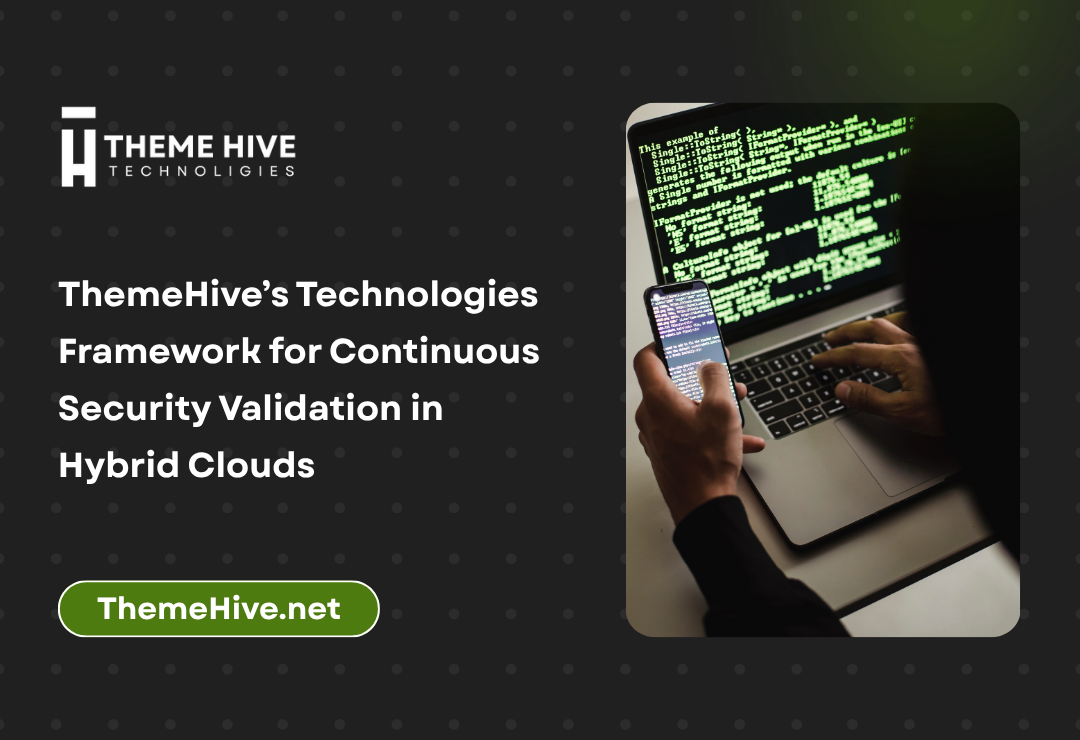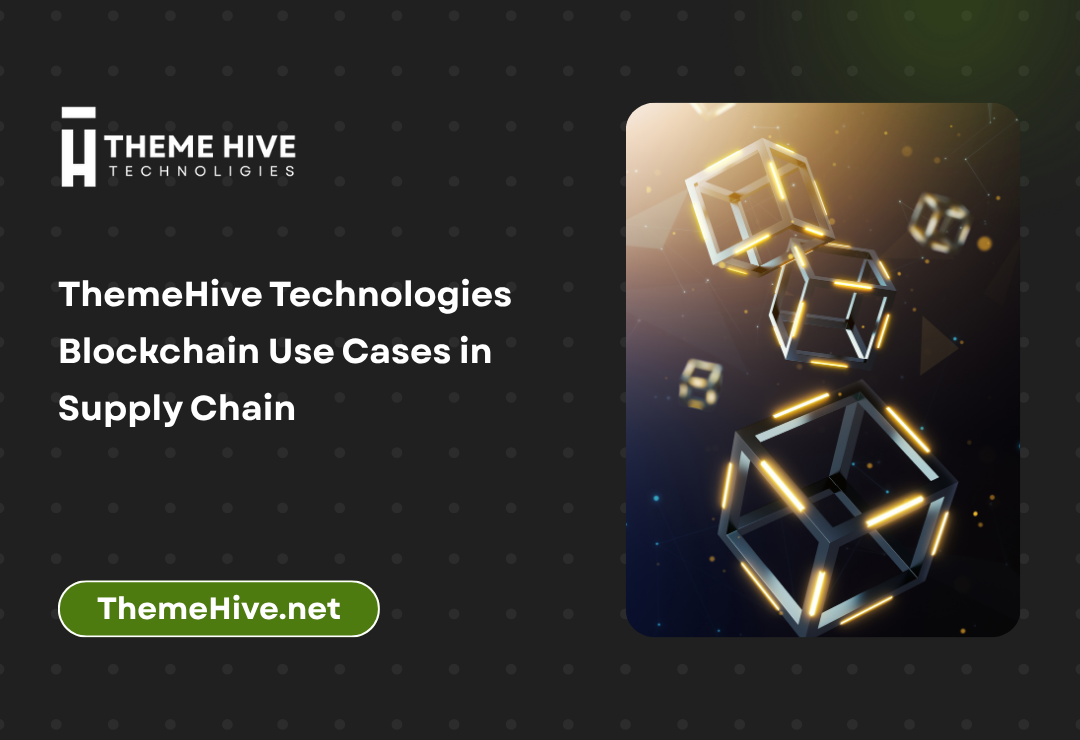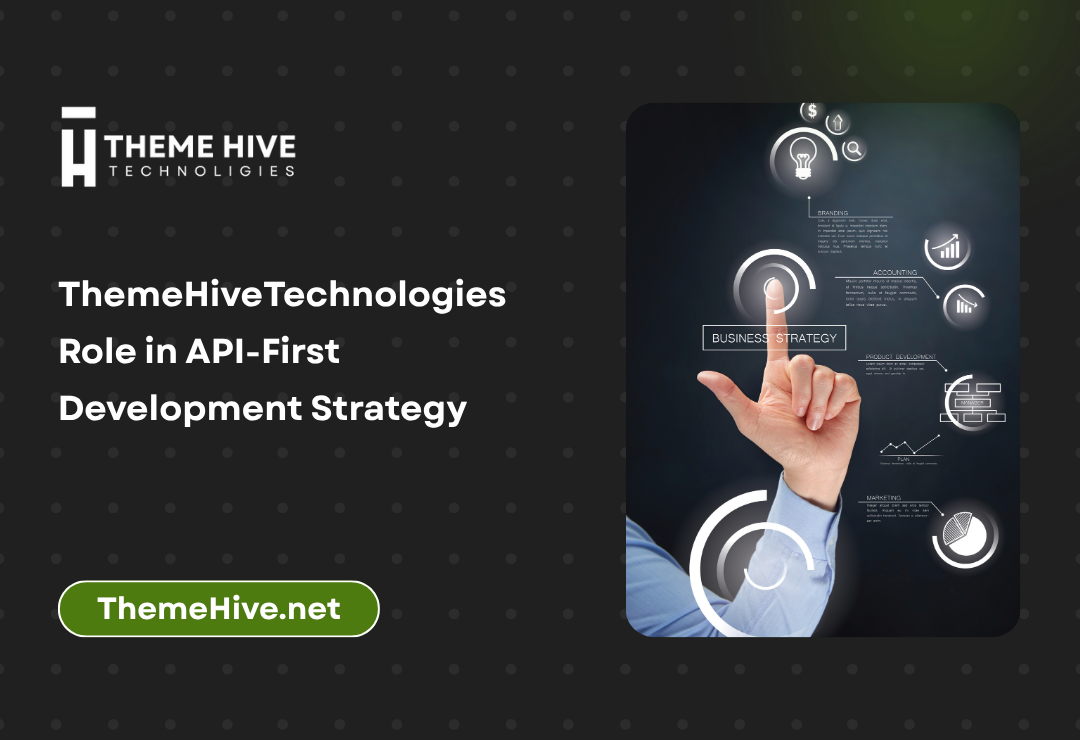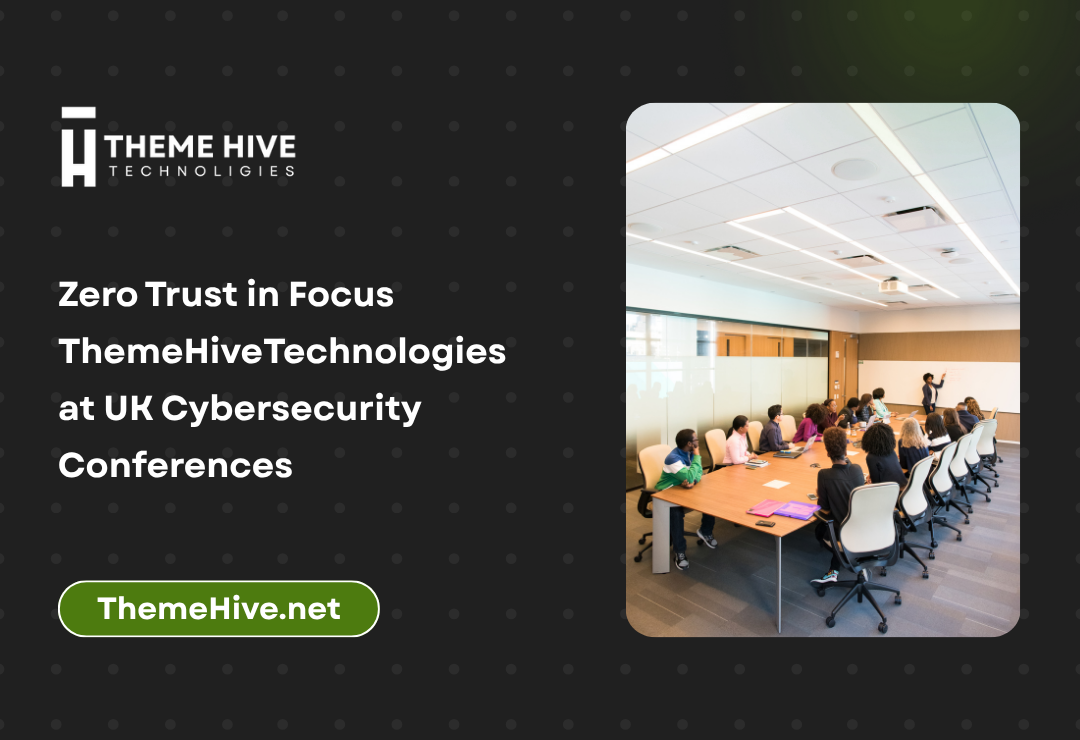Pillar content represents the cornerstone of successful IT blog strategies, serving as comprehensive, authoritative resources that establish expertise while driving organic search traffic and lead generation. In the highly competitive technology sector, where expertise and credibility are paramount, creating effective pillar content can differentiate IT companies from competitors, position organizations as industry thought leaders, and generate sustained organic traffic that converts prospects into clients.
Building pillar content for IT blogs requires a sophisticated understanding of technical topics, search engine optimization principles, content marketing strategies, and audience needs. Unlike standard blog posts that address specific questions or current events, pillar content provides exhaustive coverage of broad topics that serve as go-to resources for target audiences over extended periods.
Theme Hive Technologies has leveraged pillar content strategies to establish thought leadership in the competitive IT services market, demonstrating how comprehensive, well-researched content can drive significant business results through improved search rankings, increased website authority, and enhanced brand credibility.
Understanding Pillar Content in the IT Context
Definition and Strategic Purpose
Pillar content in IT blogging refers to comprehensive, authoritative articles that thoroughly cover broad technical topics relevant to target audiences. These pieces typically range from 3,000 to 10,000 words and serve as the foundation for topic clusters, supporting multiple related blog posts that link back to the main pillar page.
The strategic purpose extends beyond SEO benefits to include establishing technical credibility, educating prospects about complex solutions, and creating valuable resources that generate consistent organic traffic over time. For IT companies, pillar content demonstrates deep expertise in specialized areas while addressing the information needs of technical decision-makers.
Effective IT pillar content combines technical accuracy with accessibility, ensuring that complex topics are understandable to various audience segments, from C-level executives evaluating technology investments to technical staff researching implementation details.
Differences from Standard Blog Content
Standard IT blog posts typically address specific questions, announce product updates, or discuss current industry news. Pillar content, conversely, provides comprehensive coverage of evergreen topics that remain relevant over extended periods and serve as definitive resources within specific subject areas.
While regular blog posts might discuss “5 Cloud Security Best Practices” or “New Features in Microsoft Azure,” pillar content would comprehensively cover “The Complete Guide to Enterprise Cloud Security” or “Digital Transformation Strategies for Financial Services Organizations.”
The depth and breadth of pillar content require significantly more research, planning, and resources than standard blog posts, but the long-term benefits in terms of SEO performance, lead generation, and brand authority justify the investment.
Strategic Planning for IT Building Pillar Content
Topic Research and Selection
Successful IT pillar content begins with thorough topic research that identifies subjects with sufficient search volume, business relevance, and expertise alignment. This process involves analyzing keyword data, competitor content, customer questions, and industry trends to identify opportunities for comprehensive coverage.
Semrush research indicates that pillar content targeting broad, high-volume keywords can drive 5-10 times more organic traffic than individual blog posts while establishing domain authority for entire topic areas.
Topic selection should balance search volume with business relevance, ensuring that pillar content attracts qualified prospects rather than general information seekers. IT companies should focus on topics directly related to their service offerings and target market needs.
Competitive Analysis and Content Gaps
Comprehensive competitive analysis reveals content gaps and opportunities for superior coverage. This involves examining existing pillar content from competitors, identifying weaknesses or omissions, and planning content that provides more comprehensive, current, or actionable information.
The analysis should include evaluation of content depth, technical accuracy, user experience, visual elements, and supporting resources. Opportunities often exist to create more current content, provide additional technical detail, or present information in more accessible formats.
TheneHive Technologies conducts thorough competitive content analysis to ensure their pillar content provides unique value and superior coverage compared to existing resources in the market.
Audience Segmentation and Persona Development
IT pillar content must address multiple audience segments with varying technical knowledge, decision-making authority, and information needs. Effective planning involves developing detailed personas that represent different stakeholder groups within target organizations.
Technical personas might include IT directors, systems administrators, security specialists, and software developers, each with distinct information needs and preferred content formats. Business personas could include C-level executives, procurement managers, and department heads who influence technology purchasing decisions.
Understanding these different audience segments enables creation of pillar content that addresses various perspectives within comprehensive pieces, maximizing relevance and engagement across target markets.
Content Structure and Organization
Hub-and-Spoke Model Implementation
The hub-and-spoke model positions pillar content as the central hub, with multiple supporting blog posts serving as spokes that link back to the main pillar page. This structure distributes detailed information across multiple pieces while maintaining topical authority and internal linking benefits.
For example, a pillar page on “Enterprise Cybersecurity Solutions” might connect to supporting posts on “Network Security Best Practices,” “Employee Security Training Programs,” “Incident Response Planning,” and “Compliance Requirements for Different Industries.”
This model allows for comprehensive topic coverage while creating multiple opportunities for organic search visibility and internal link building that strengthens overall domain authority.
Information Architecture and User Experience
Effective IT pillar content requires careful information architecture that enables easy navigation and information discovery. Long-form technical content can overwhelm users if not properly organized with clear headings, table of contents, jump links, and logical information flow.
Visual elements like diagrams, infographics, screenshots, and process flowcharts enhance understanding of complex technical concepts while improving user engagement and time-on-page metrics that influence search rankings.
Interactive elements such as calculators, assessment tools, or downloadable resources can increase engagement while providing additional value that encourages sharing and return visits.
Technical Depth vs. Accessibility Balance
IT pillar content must balance technical depth with accessibility to serve diverse audience segments effectively. This involves layering information so that executives can find strategic insights while technical staff can access implementation details.
Effective approaches include executive summaries, expandable technical sections, glossaries of technical terms, and multiple content formats that present the same information at different complexity levels. This structure ensures that content serves both technical and business audiences without overwhelming either group.
SEO Optimization for IT Pillar Content
Keyword Strategy and Topic Clusters
IT pillar content should target broad, high-volume keywords while supporting cluster content targets long-tail variations and related terms. This approach maximizes organic search visibility across the entire topic area while establishing topical authority.
Keyword research should identify primary target terms with substantial search volume and business relevance, along with related keywords that can be addressed within the comprehensive content. The goal is creating content that ranks for multiple related terms while serving as the definitive resource for the broad topic.
According to HubSpot research, companies implementing topic cluster strategies see 30% more traffic growth compared to those using traditional keyword-focused approaches.
Technical SEO Considerations
IT pillar content requires attention to technical SEO factors including page loading speed, mobile optimization, structured data markup, and internal linking architecture. Large, comprehensive pages must load quickly despite extensive content and media elements.
Structured data markup helps search engines understand content organization and can enable rich snippets that improve search result visibility. For IT content, this might include FAQ schema, how-to markup, or article structured data.
Internal linking strategy should connect pillar content to relevant supporting posts while ensuring that link equity flows appropriately throughout the site architecture. This requires strategic planning of anchor text, link placement, and linking patterns.
Content Freshness and Updates
Pillar content requires ongoing maintenance and updates to remain current and authoritative. Technology topics evolve rapidly, and outdated information can undermine credibility and search performance.
Effective pillar content strategies include regular content audits, update schedules, and processes for incorporating new information, correcting outdated details, and expanding coverage as topics evolve. This ongoing investment maintains search rankings while preserving content value.
Theme Hive Technologies implements comprehensive content maintenance programs that ensure pillar content remains current and continues to drive business results over time.
Content Creation and Development Process
Research and Subject Matter Expertise
Creating authoritative IT pillar content requires extensive research and access to subject matter expertise. This involves reviewing industry publications, academic research, vendor documentation, case studies, and expert interviews to ensure comprehensive and accurate coverage.
The research process should identify authoritative sources, current best practices, emerging trends, and practical implementation guidance that provides genuine value to target audiences. Superficial treatment of complex technical topics undermines credibility and effectiveness.
Many IT companies leverage internal expertise from technical staff, partner with subject matter experts, or collaborate with industry analysts to ensure content accuracy and depth that establishes genuine thought leadership.
Writing and Editorial Guidelines
IT pillar content requires clear writing guidelines that ensure consistency, accuracy, and accessibility across technical topics. These guidelines should address tone, style, technical terminology usage, citation requirements, and formatting standards.
Effective guidelines balance technical accuracy with readability, ensuring that complex concepts are explained clearly without oversimplification that reduces credibility. Consistent formatting and structure help users navigate extensive content while maintaining professional presentation.
Editorial processes should include technical review, fact-checking, and user experience evaluation to ensure that content meets quality standards and serves target audience needs effectively.
Visual Content and Media Integration
Technical topics often benefit from visual explanation through diagrams, charts, screenshots, and video content that enhances understanding and engagement. IT pillar content should incorporate relevant visual elements that support learning and retention.
Infographics can summarize complex processes, architecture diagrams can illustrate system relationships, and step-by-step screenshots can provide practical implementation guidance. These visual elements improve user experience while creating opportunities for social sharing and backlink generation.
Video content, interactive tools, and downloadable resources can enhance pillar content value while providing additional engagement opportunities that support SEO performance and lead generation objectives.
Promotion and Distribution Strategies
Multi-Channel Content Promotion
IT pillar content requires comprehensive promotion across multiple channels to maximize reach and impact. This includes social media promotion, email marketing, industry publication outreach, conference presentations, and partnership collaborations.
Each channel requires adapted messaging and formats that align with platform characteristics and audience expectations. LinkedIn articles might emphasize business benefits, while Twitter posts could highlight key statistics or practical tips from the comprehensive content.
Industry-specific channels like technical forums, professional associations, and trade publications can provide targeted reach to qualified prospects who are actively seeking the information covered in pillar content.
Thought Leadership and Authority Building
Pillar content serves as foundation material for thought leadership initiatives including speaking engagements, podcast appearances, guest articles, and industry analyst relationships. Comprehensive content provides the depth needed to support expert positioning across multiple platforms.
The investment in creating authoritative pillar content enables multiple derivative content opportunities while establishing the expertise needed for thought leadership recognition within specific technical domains.
Content Marketing Institute studies show that companies consistently producing high-quality, comprehensive content are 70% more likely to be recognized as industry thought leaders compared to those with limited content strategies.
Link Building and Outreach
High-quality IT pillar content naturally attracts backlinks from industry publications, educational institutions, and other authoritative sources seeking to reference comprehensive resources. However, proactive outreach can accelerate link acquisition and expand content reach.
Outreach strategies should target relevant industry publications, complementary service providers, educational institutions, and industry analysts who might find value in referencing comprehensive technical resources.
The key to successful link building for IT pillar content lies in creating genuinely valuable resources that serve as definitive references within specific technical domains, making them natural choices for citation and sharing.
Measuring Success and ROI
Key Performance Indicators
IT pillar content success requires measurement across multiple dimensions including organic search performance, engagement metrics, lead generation, and business impact. Key indicators include organic traffic growth, keyword ranking improvements, time on page, social shares, and conversion rates.
Advanced metrics might include brand mention increases, thought leadership recognition, speaking opportunity generation, and sales cycle impact for prospects who engage with pillar content during their research process.
Long-term measurement should track content performance over extended periods, as pillar content benefits often accumulate gradually through improved search rankings, increased domain authority, and sustained organic traffic growth.
Lead Generation and Conversion Tracking
Effective pillar content strategies include mechanisms for capturing leads and tracking conversion paths from content engagement to business opportunities. This might involve gated additional resources, newsletter subscriptions, consultation requests, or direct sales inquiries.
Tracking should connect content engagement to sales pipeline activity, enabling calculation of content ROI and optimization of future pillar content investments. Advanced attribution modeling can reveal the role of pillar content in multi-touch conversion processes.
Theme Hive Technologies regularly publishes case studies demonstrating how comprehensive content strategies drive measurable business results for IT service providers.
Continuous Optimization and Improvement
Pillar content performance should inform ongoing optimization efforts including content updates, promotion strategy adjustments, and topic selection for future pieces. Regular analysis of user behavior, search performance, and conversion data reveals improvement opportunities.
A/B testing of different content formats, promotional approaches, and conversion elements can optimize performance while providing insights for future content development. The goal is continuous improvement in both search performance and business impact.
Industry-Specific Considerations
Cybersecurity Content Strategies
Cybersecurity pillar content must balance comprehensive coverage with practical actionability while addressing rapidly evolving threat landscapes. Topics might include “Complete Guide to Zero Trust Security Implementation” or “Enterprise Incident Response Planning Framework.”
The challenge lies in providing detailed technical guidance while maintaining accessibility for business decision-makers who ultimately approve security investments. Content must demonstrate both technical expertise and business understanding.
Cloud Computing and Infrastructure
Cloud-focused pillar content should address complex technical architectures while providing clear business justification and implementation roadmaps. Topics like “Enterprise Cloud Migration Strategies” or “Multi-Cloud Management Best Practices” require extensive technical detail supported by practical guidance.
These topics benefit from case studies, ROI calculators, and implementation checklists that transform comprehensive information into actionable business resources.
Software Development and DevOps
Development-focused pillar content must serve both technical practitioners and business stakeholders who evaluate development methodologies, tools, and practices. Content should combine technical depth with business impact demonstration.
Topics might include “Agile Development Implementation Guide” or “DevOps Transformation Strategies” that provide both technical guidance and business justification for methodology adoption.
Future Trends and Evolution
AI-Enhanced Content Creation
Artificial intelligence tools are beginning to support pillar content creation through research assistance, outline generation, and technical accuracy checking. However, human expertise remains essential for strategic planning, technical verification, and audience-appropriate presentation.
AI tools can accelerate research processes and help identify content gaps, but the strategic thinking and technical expertise required for authoritative IT pillar content still requires human input and oversight.
Interactive and Multimedia Content
Future pillar content will increasingly incorporate interactive elements, multimedia presentations, and personalized user experiences that adapt based on audience segment and engagement patterns.
Technologies like interactive decision trees, personalized content recommendations, and adaptive learning paths can enhance pillar content effectiveness while providing more engaging user experiences.
Voice Search and Conversational Optimization
Growing voice search adoption requires pillar content optimization for conversational queries and featured snippet opportunities. This involves structuring content to answer specific questions while maintaining comprehensive coverage.
Moz research indicates that content optimized for voice search and featured snippets can achieve significantly higher visibility in search results while serving evolving user search behaviors.
Implementation Roadmap and Best Practices
Content Calendar and Production Planning
Successful IT pillar content requires comprehensive planning including topic selection, research scheduling, production timelines, and promotion coordination. Most organizations should plan for 2-4 major pillar pieces annually, with supporting cluster content produced regularly.
Production timelines should account for extensive research, technical review, visual content creation, and thorough editing processes that ensure content quality and accuracy. Rushing pillar content production typically results in superficial coverage that fails to achieve strategic objectives.
Resource Allocation and Team Structure
Pillar content creation requires significant resource investment including subject matter experts, technical writers, visual designers, SEO specialists, and promotion coordinators. Organizations should plan resource allocation carefully to ensure content quality while maintaining production schedules.
Many successful IT companies establish dedicated content teams or partner with specialized content marketing agencies that understand technical topics and possess the resources needed for comprehensive content development.
Quality Assurance and Review Processes
Technical accuracy is paramount for IT pillar content credibility. Comprehensive review processes should include technical verification, editorial review, user experience testing, and business alignment confirmation before publication.
Quality assurance should also include accessibility review, mobile optimization testing, and performance verification to ensure that content serves all users effectively while meeting technical standards.
Conclusion
Building effective pillar content for IT blogs requires strategic planning, significant resource investment, and ongoing commitment to quality and currency. However, the long-term benefits in terms of search visibility, thought leadership establishment, and lead generation justify the investment for organizations committed to content marketing excellence.
Success depends on understanding target audiences deeply, creating genuinely comprehensive and valuable resources, and implementing systematic promotion and optimization strategies. The most effective IT pillar content combines technical expertise with strategic business insight while remaining accessible to diverse stakeholder groups.
The competitive nature of the IT services market makes differentiation increasingly challenging. Comprehensive pillar content strategies enable organizations to establish thought leadership, demonstrate expertise, and create sustained competitive advantages through superior organic search visibility and brand authority.
Organizations that invest in comprehensive pillar content strategies position themselves for long-term success in an increasingly competitive and digital marketplace. The key lies in commitment to quality, consistency, and strategic focus on topics that align with business objectives and audience needs.
Ready to develop a comprehensive pillar content strategy that establishes your IT organization as an industry thought leader? Contact Theme Hive Technologies to discover how our content strategy expertise can help you create pillar content that drives sustainable business growth through improved search visibility, enhanced credibility, and increased lead generation in the competitive IT services marketplace.
For more insights on content marketing strategies and digital transformation approaches, explore our comprehensive collection of industry analysis and best practices developed through extensive experience helping IT organizations achieve marketing and business objectives.
According to Search Engine Journal research, organizations implementing comprehensive pillar content strategies see average organic traffic increases of 40-60% within 12 months while establishing measurable improvements in brand authority and lead generation performance.
Internal Links
- Theme Hive Technologies Homepage
- About Our Content Strategy Expertise
- Digital Marketing & SEO Services
- IT Industry Insights & Case Studies
- Content Strategy Consultation

